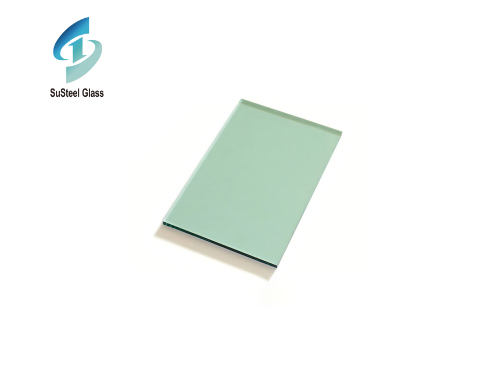Green tinted glass products have gained popularity in architectural, automotive, and interior design applications for their aesthetic appeal, energy efficiency, and sustainability. This article delves into the diverse range of green tinted glass products available in the market, highlighting their uses, benefits, and environmental impact.
1. Versatility in Design:
Green tinted glass products offer designers a versatile option for creating visually stunning spaces. Whether used in windows, doors, facades, or partitions, the subtle green tint adds a touch of elegance and modernity to any architectural or interior design project.
2. Energy Efficiency: Green tinted glass products contribute to energy efficiency by reducing solar heat gain and glare while allowing natural light to penetrate indoor spaces. This helps to regulate indoor temperatures, lessen the reliance on artificial lighting and heating, and ultimately lower energy consumption.
3. UV Protection: The tinted coating in green glass products provides UV protection, safeguarding interior furnishings, artwork, and occupants from harmful ultraviolet rays. This helps to prolong the lifespan of furniture and fabrics while promoting a healthier indoor environment.
4. Sustainability: Green tinted glass products align with sustainability goals due to their energy-saving properties and recyclability. Using tinted glass in buildings can contribute to LEED (Leadership in Energy and Environmental Design) certification and other green building standards, demonstrating a commitment to environmental stewardship.
5. Applications Across Industries: Green tinted glass products find applications across various industries. In architecture, they are commonly used in commercial buildings, residential homes, and sustainable developments to enhance aesthetics and energy performance. In the automotive sector, green tinted glass is used in vehicle windows and windshields for improved visibility and comfort.
6. Customization Options: Manufacturers offer a wide range of customization options for green tinted glass products to meet specific design and performance requirements. This includes variations in tint intensity, thickness, coatings for enhanced durability and insulation, and decorative finishes such as frosted or patterned designs.
7. Environmental Impact: While green tinted glass products offer environmental benefits, it's essential to consider their production process and lifecycle impact. Manufacturers are increasingly adopting sustainable practices such as using recycled glass materials, optimizing manufacturing processes to minimize waste and emissions, and investing in renewable energy sources.
In conclusion, green tinted glass products combine aesthetic appeal with practical benefits such as energy efficiency and UV protection. With a focus on sustainability and innovation, these products continue to shape the future of architecture, design, and automotive industries, offering a greener and brighter outlook for the built environment.



 Burglar-Resistant Glass: Enhancing Security and Peace of Mind
Burglar-Resistant Glass: Enhancing Security and Peace of Mind
 Exploring the Versatility and Elegance of Custom Thick Glass
Exploring the Versatility and Elegance of Custom Thick Glass



